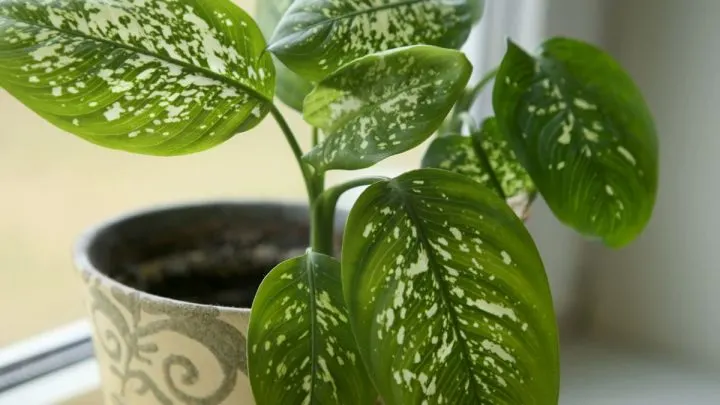In today’s article, we will talk about the dieffenbachia reflector plant, which simply takes the breath away of every plant lover!
If your house or apartment lacks pale green-dark green variegation and winding lines on the plant lately, this plant is more than excellent for you.
The plant is really easy to take care of, you won’t have to stress about it, and it will reward you with beautiful oil-colored leaves for a little care.
Greenery will never go out of fashion. You will be very grateful for this plant when its leaves start to grow. It will give your house a special tropical look.
Let’s learn the care guide for the dieffenbachia reflector plant then.
Dumb Cane Reflector Features
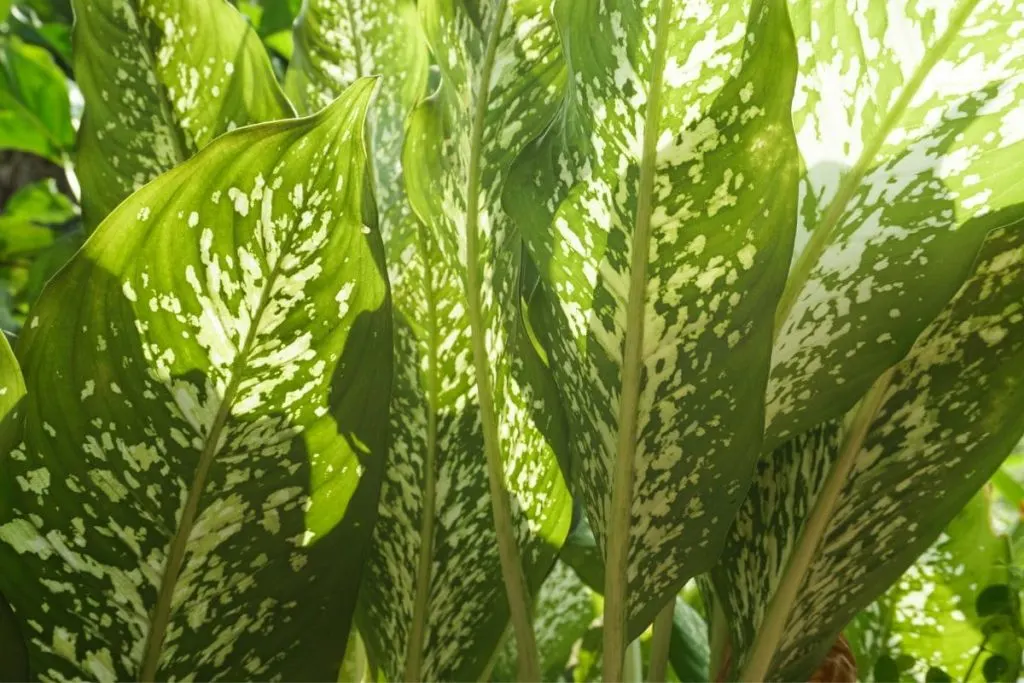
A beautiful house plant with two shades of green has become very popular in many homes in the last few years.
Its dark green and lime green colors are simply enchanting. The dark green leaves have an almond shape that never stops being in.
The plant is not one of the larger houseplants considering that its maximum height is 3 feet. Considering the small houseplants, it is big, but if we compare it with ficus, philodendron, and similar plants, then you can find a place for it.
This tropical shrub is not succulent and can’t do much without water, so it will use the excess water for beautiful leaves that simply shine!
The plant is an evergreen perennial native to rainforests and tropical regions. Its simple care guide and foliage that’s not fussy make it one of the best plants for office with no windows.
Lime Green Dumb Cane Plant: Care Guide
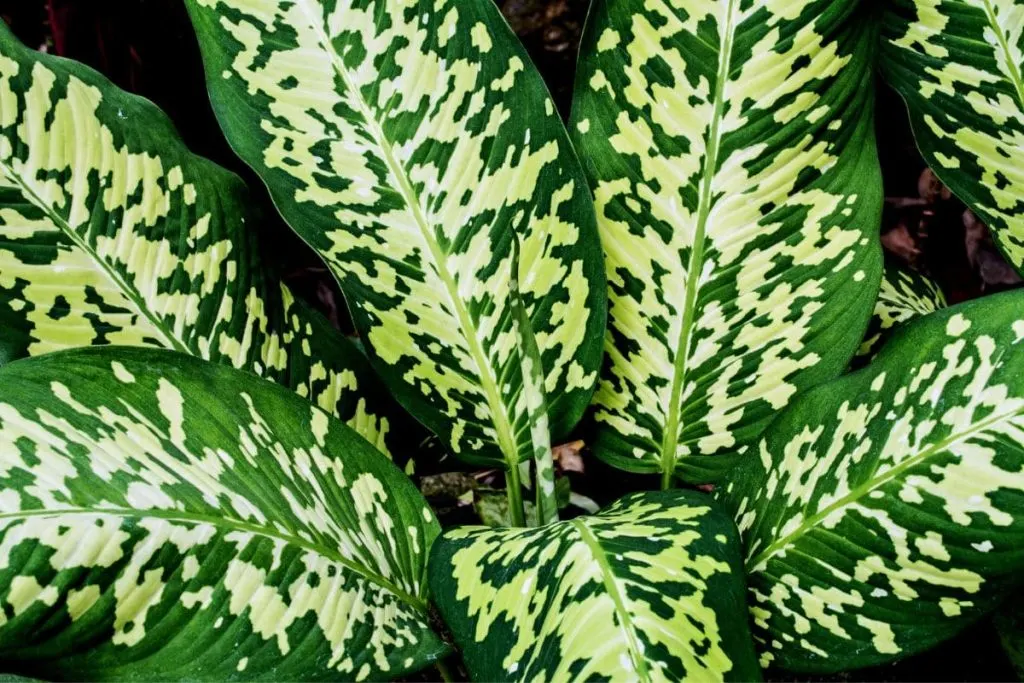
As we said at the very beginning, the plant is not demanding and does not require much attention.
The little attention you give it will return you with shiny tropical green leaves that will shine in your home.
Let’s learn more about one of the loveliest big-leaf houseplants so we can provide it with the best possible care.
Light Needs For Dumb Cane Reflector
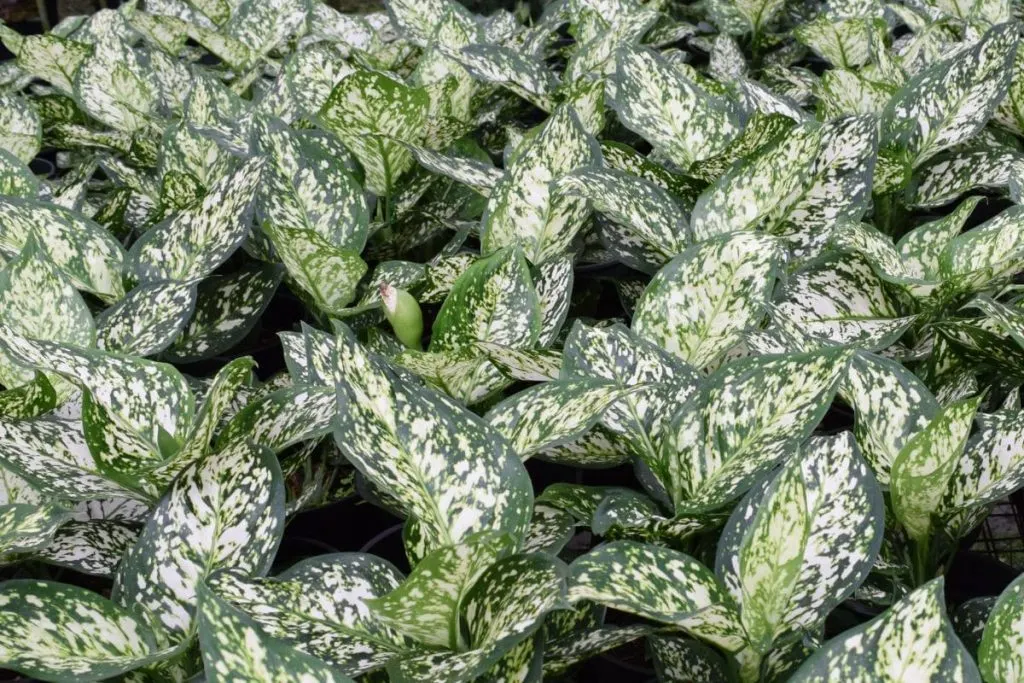
This plant needs a lot of direct sun in the morning because then the sun is much weaker and will not burn its leaves. In the afternoon, it can tolerate partial shade light conditions.
In this case, it is best to place this plant on the eastern window in the morning and on the western one in the afternoon. There, the plants get indirect sunlight and low light.
I’m sure it’s not much fun to move a plant every day, but for its best appearance, why not? If there is not much light in your apartment, you can buy an artificial light lamp and use it in the evening or already in the morning.
Watering Schedule For Dieffenbachia Reflector

There are many ways to provide good humidity to your plant. In addition to watering, plants with this type of leaves can be wiped with a wet cloth, sprayed with water from a bottle spray, “showered” by paying attention to the water pressure, and of course, watered regularly.
This plant likes medium drainage. It is certainly important that your potted plant has drainage holes from the beginning so that you don’t have standing water issues or excessive watering.
Some soils, for example, peat moss retain moisture (note this). However, in the growing season, you can water it a bit more.
Admittedly, when you water it excessively, sometimes even drainage holes cannot help because the roots absorb a large amount of water too quickly and soon a problem arrives.
Watch your watering schedule if you don’t want to ruin its root system. Too much water leads to root rot. Water regularly once every 7-8 days is enough, using the finger check trick every time!
Soil Type For Dieffenbachia Reflector
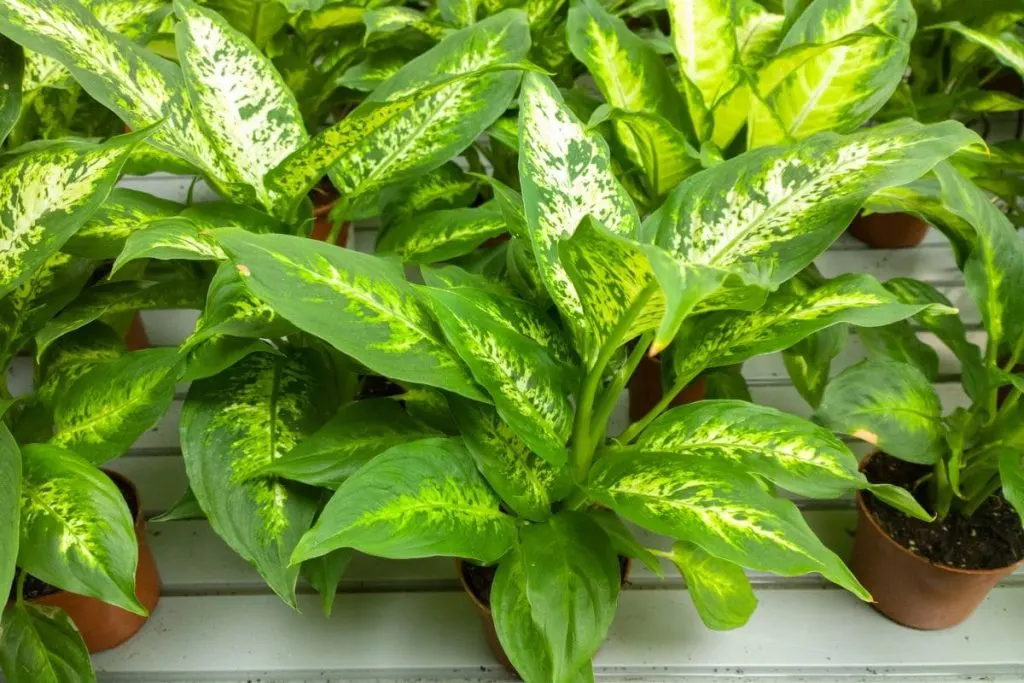
Well-draining soil and slightly acidic soil is the best option for this plant. This stunning cultivar doesn’t like acidic soils or too much drainage. To maintain proper drainage, use peat moss soil too as we mentioned above.
Soils that this plant doesn’t like at all are sandy, loamy, and perlite soils. They don’t absorb moisture well and they just don’t have the benefits your plant needs.
When planting, in summer or spring, always use fresh soil. Never plant a dieffenbachia reflector in winter. Soils can also freeze in such low temperatures.
Fertilizer For Dieffenbachia Seguine Reflector
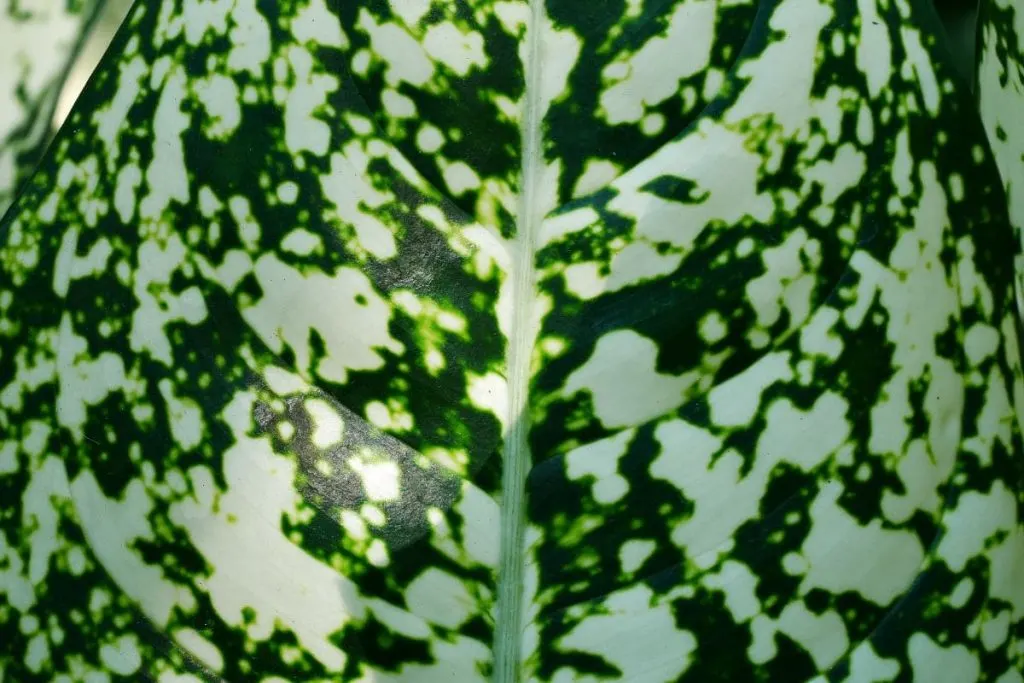
Fertilize your houseplant’s dieffenbachia reflector in the early spring with fertilizer that’s not high in nitrogen. They hate those fertilizers. It’s best to fertilize it with regular houseplant fertilizer 10-10-10.
Also, it is a good idea to use organic compost for this sensitive plant when fertilizing. Do not fertilize in the wintertime! It’s also good to fertilize when the soil moist.
Temperature For Dumb Cane
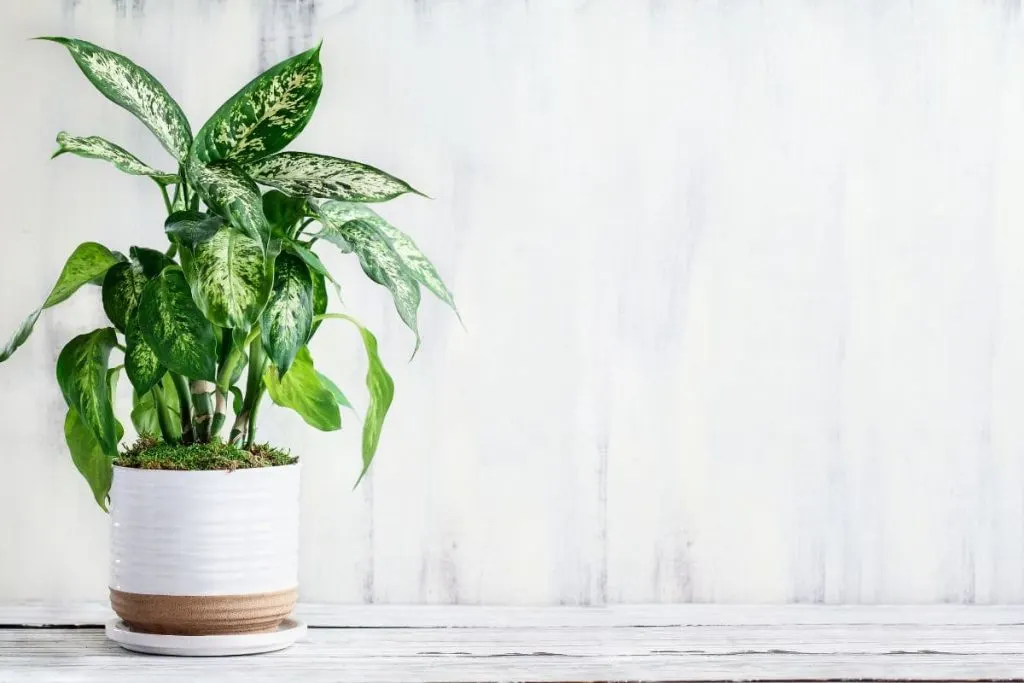
They grow best in temperature conditions between 65 and 75F. You can always expose your plant to lower and higher temperatures, sometimes they react well, and sometimes they don’t. Sudden temperature change, however, isn’t recommendable for any plant and it can cause many issues.
Usually, brown edge problems appear when you change temperature too often. Keep this lime green and yellow plant in its best optimum temperature range and you’ll have no issues.
Humidity For Dumb Cane
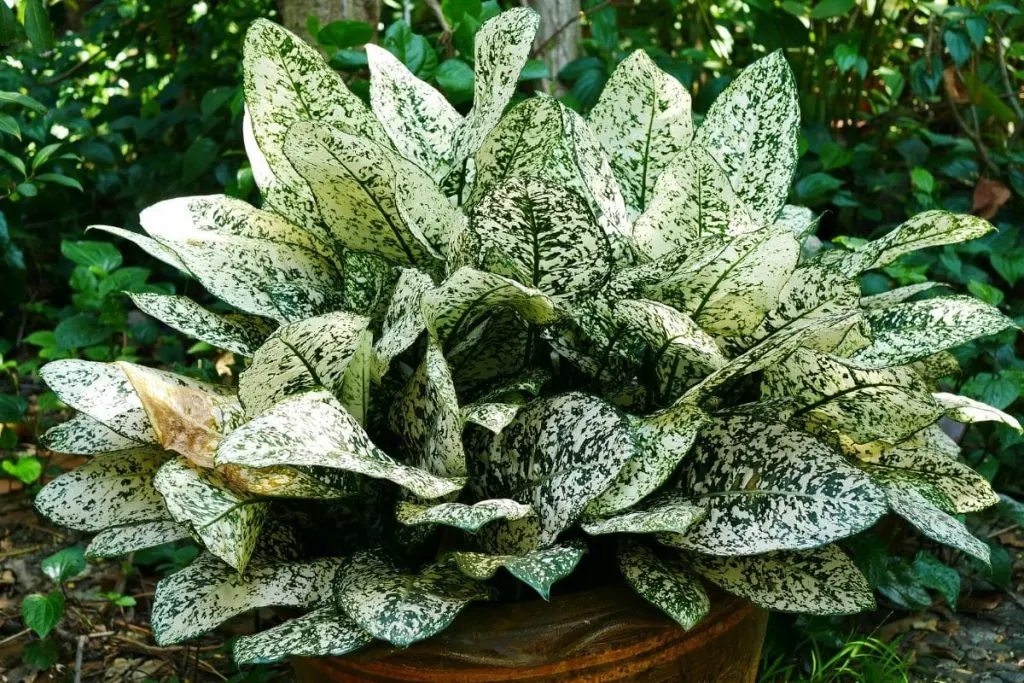
These lovely deep green leaves need normal household humidity levels. High humidity can also be tolerable, but not too much. If you go over 60% of humidity that simply can’t be good for this plant.
The plant is tropical and most tropical plants love too much humidity, but this plant isn’t that one. 50% and 40% of humidity levels are more than enough for its normal healthy growth. I am speaking from my own review.
If you don’t have even such humidity levels, buy an air humidifier, or join the plant lovers club where you’ll probably get a discount on such devices for only registered users.
Propagation Of Dumb Cane Reflector Plants
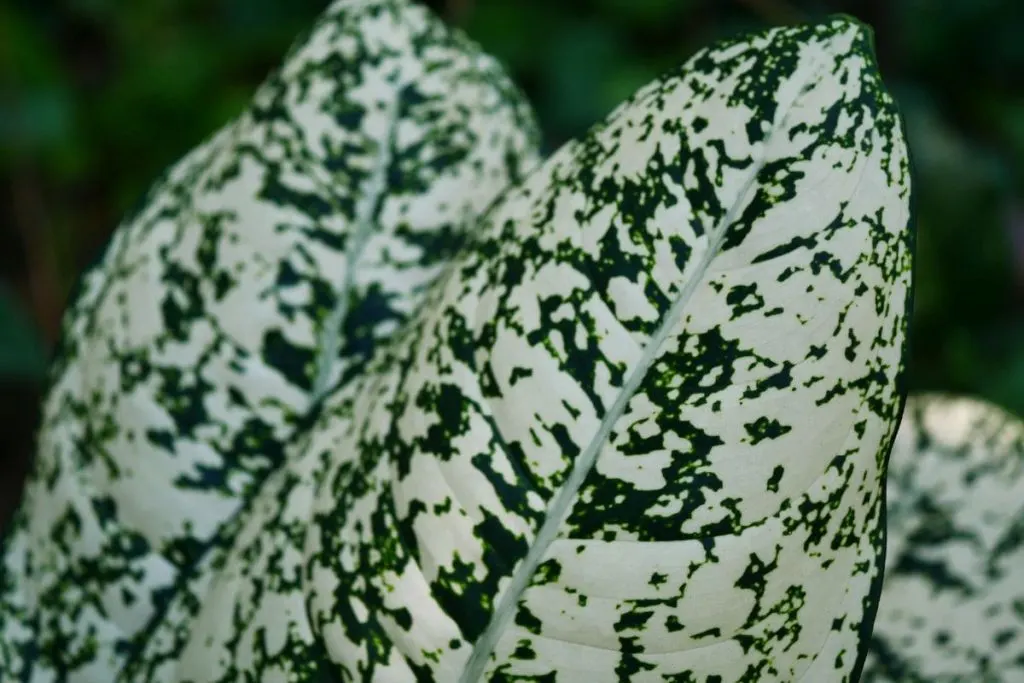
Propagation of dumb cane reflectors can be done from seedlings, leave cuttings, or stem cuttings. It is much easier to do it from leave/stem cuttings as we know so far. Do it like this:
- take a sharp pair of scissors or a sharp knife;
- choose a perfectly healthy stem and leave from your parent plant and cut it off;
- in previously prepared soil-peat moss or something similar to peat moss place your cutting;
- fertilize the soil with compost;
- water the soil;
- place the pot or the container in the bright indirect light;
- be patient and wait for the new growth!
Repotting Dumb Cane

Transplanting this plant is essentially planting an already established plant. Transplanting should be done in early spring, i.e. in March or early April.
Transplanting is done when the plant becomes too big for your pot or when you simply think that its roots have developed too much and that the existing size of the plant pot suppresses further development of its roots.
This is not good for your plant at all and you should not expect this to happen at all, react early, in time and give your plant a chance to grow well.
Transplant it in the same type of soil in which you originally planted it, the soil should be fertilized and drained. The transplanted plant remains in the same position where it receives bright indirect sunlight and partial shade.
Problems With Dieffenbachia Reflector Plants
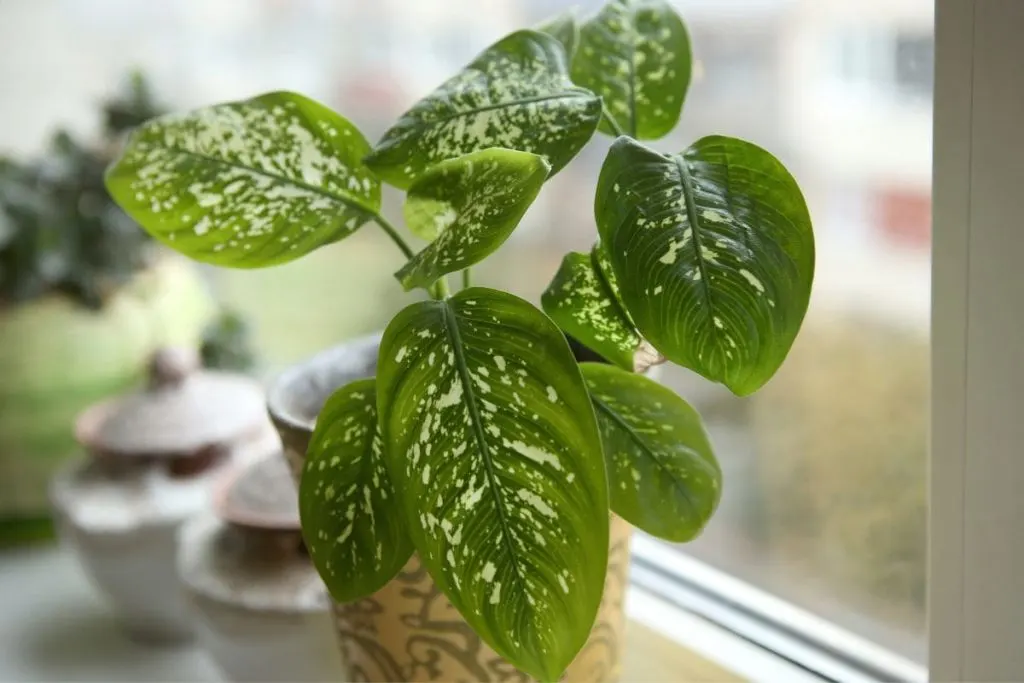
Even a beautiful tropical plant encounters problems and sometimes it is simply difficult to control them. However, in order to make sure that you get rid of them and prevent them, today we bring you the most common diseases and pests of this plant, how to recognize them, and how to get rid of them. Let’s learn more about it.
Diseases/Problems Of Dumb Cane
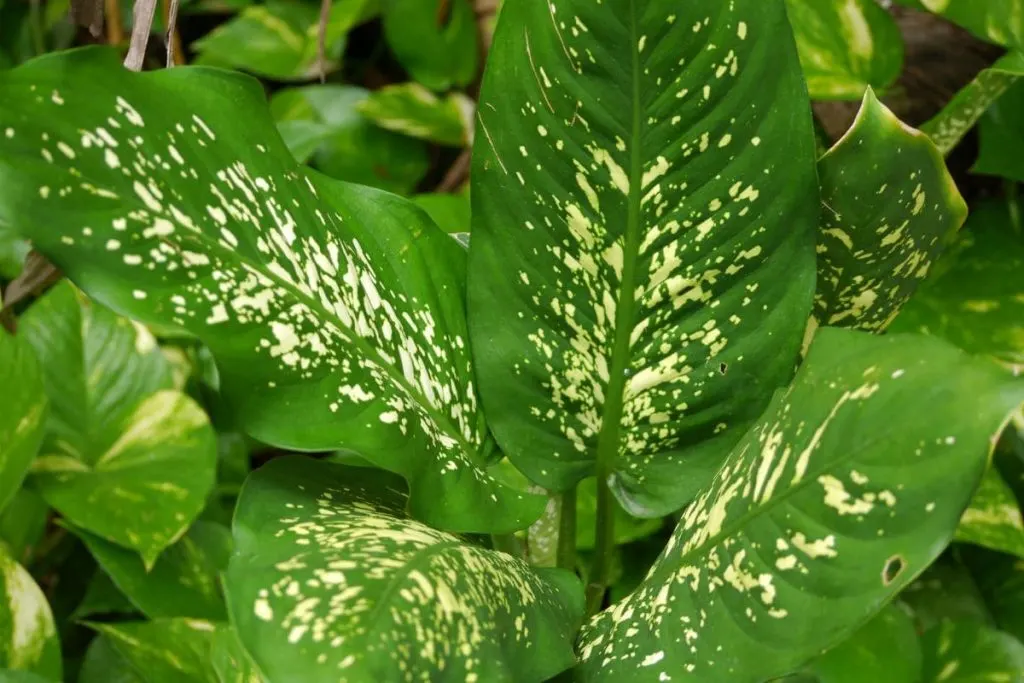
In a warm room, in high temperatures conditions, higher than they should be, droopy leaves problem appears.
It is not a big problem and it can be easily solved, but every time your plant goes through a change and recovery process, it’s not as strong anymore as it used to be. Do not change its temperature much and the plant will recover soon.
Yellow spots and yellowing leaves appear when there is too much water in your pot and you can notice yellow edges on the leaves. Leaves should be pruned as soon as possible.
Root rot is a disease that happens to almost any plant that has too much-standing water in its pot or you just overwatered it recently. From a close search, I know that this is the problem for 90% of houseplants. It is a hard plant disease that isn’t curable.
Brown edgesare also the result of too much of sudden temperature changes and too much sun. Sun does have many benefits, but it can also kill your plants quickly. Watch out!
Pests Of Dumb Cane
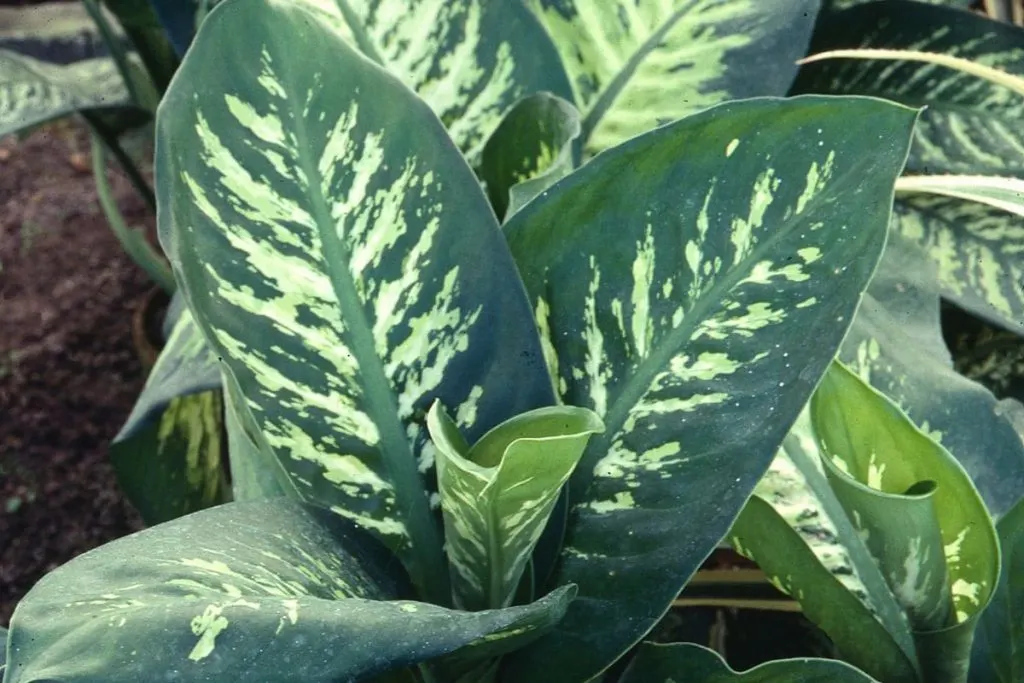
The most common pests on the dieffenbachia reflector plant are spider mites and mealy bugs. They appear in late autumn mostly. You can get rid of them by applying alcohol to the pests on the cotton ball and gently pressing it on the leaves.
Of course, you always need to check what alcohol you’re using so it doesn’t hurt your plant even more.
If you do this, you can write reviews of your own about how to get rid of spider mites right? Spider mites are also prevalent in houseplants during flowering.
Once you learn how to get rid of spider mites during flowering you’ll be more than ready to conquer any pest on your plant that comes your way. Watch out pests! However, you should know that they are more common on large leaves.
Final Thought

In today’s article, you learned how to take care of the dieffenbachia reflector plant in a very easy and undemanding way, right? This tropical plant does not require much attention, but gives so much!
Already on the first day, it will beautify your space and will bring a wonderful special tropical vibe to it! Did you learn?
If you have not been very careful, let’s repeat: bright indirect light and partial shade, slightly acidic soil, medium-drained soil, 10-10-10 fertilizer, and a lot of love for the perfect growth of this plant in your home.
That would be all for today about this wonderful tropical plant. See you tomorrow with more similar topics!

